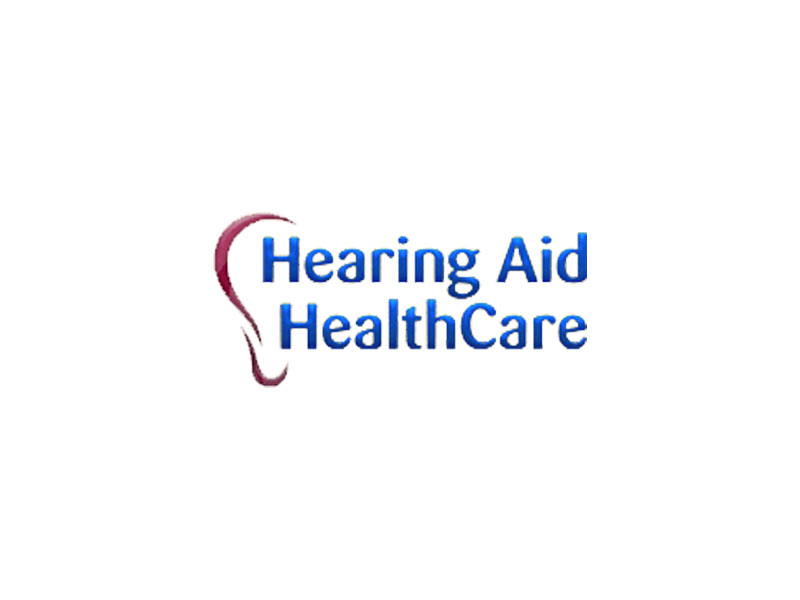The eardrum is required for hearing because it detects sound waves and transmits the vibrations to the brain, but it also functions as a shield to isolate the inner ear and keep infection free. Your inner ear is basically a safe, sterile environment when your eardrum is undamaged, but if it has been punctured or torn, harmful bacteria can get in, and may bring about severe infections.
The terms ruptured eardrum and perforated eardrum mean the same thing. They both describe a problem whose medical name is a tympanic membrane perforation where there is a puncture or tear in the very thin membrane we know as the eardrum. There are numerous causes of punctured ear drums. The most prevalent is an inner ear infection. Fluid associated with the infection pushes up against the eardrum membrane, building up pressure until it finally tears. Some people rupture their own eardrums by poking foreign objects into the ears, such as the use of Q-tips to eliminate ear wax. Eardrums can also become perforated as a result of scuba diving or flying on account of barotrauma, which happens when the barometric pressure inside the ear is different from the pressure outside the ear. Loud noises and explosions may also cause punctured ear drums. This is known as acoustic trauma.
The symptoms of a punctured eardrum include ear pain, fluid draining from the ear, complete or partial hearing loss in the afflicted ear, ringing in the ears, and dizziness or vertigo. A perforated ear drum should be examined and cared for by a specialist. Prompt attention is important to prevent hearing damage and infection. Untreated, a punctured eardrum can result in middle and inner ear infections, middle ear cysts (cholesteatoma), and permanent loss of hearing.
At your appointment the doctor will look at the eardrum with an instrument called an otoscope. With its internal light, the otoscope gives the doctor a clear view of the eardrum. If your eardrum has been ruptured, typically it will heal on its own within 8 to 12 weeks, but during this period you should refrain from swimming or diving, avoid certain medications, and attempt to avoid blowing your nose (which puts extra pressure on the eardrum). If the puncture or tear is close to the edge of the eardrum, the specialist can help the recovery process by inserting a temporary patch or dam to help reduce the risk of infection, or even propose surgical treatment.
Any remaining pain or discomfort can, in most cases, be managed by using over-the-counter (OTC) pain medications such as aspirin or ibuprofen. Steps you could take to avoid a punctured eardrum include not inserting any foreign objects in your ears, and seeing your doctor quickly to take care of any ear infections.
